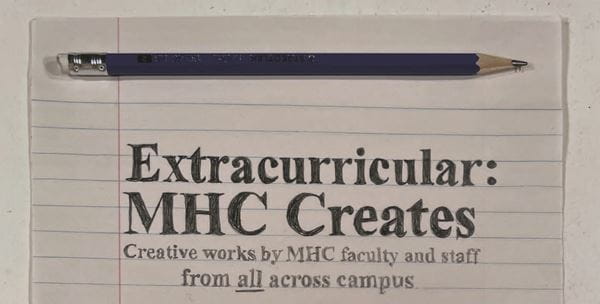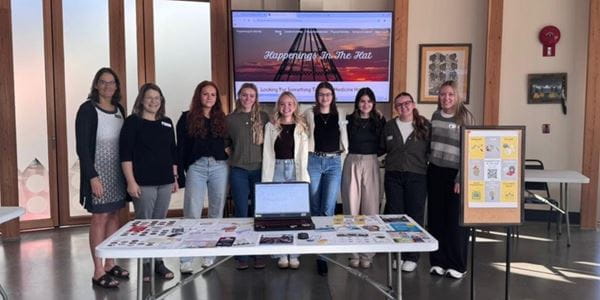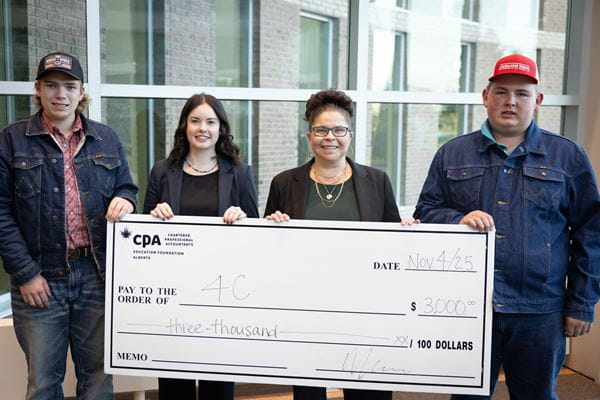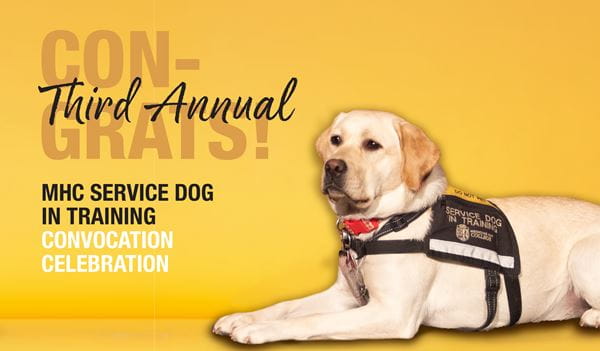
Extracurricular creative practice on display at MHC

MHC students redefine nursing through grassroots community assessment

CPA Education Foundation supports collaborative student learning at MHC
Campus Calendar See MHC's calendar of important dates and events happening on campus
Contact:
To book a media interview, please email
media@mhc.ab.ca





